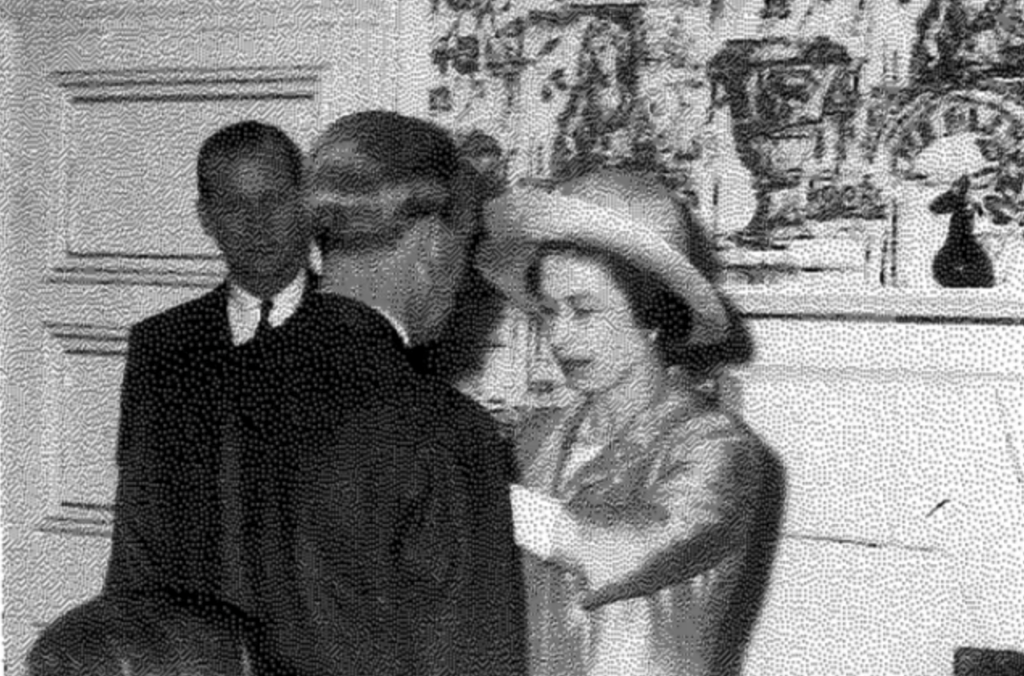Thirty years on, we remember Dr Reg Hamlin
If ever there was an unsung Kiwi hero, it was Dr Reg Hamlin. His impact on obstetric fistula care would spread far and wide and change the lives of tens of thousands of women.
His journey began in 1908 in Napier, New Zealand. As a boy, he won a scholarship to the Cathedral Grammar School and sang as lead soprano chorister in The Christchurch Cathedral Choir, continuing his education as a teacher and eventually studying Master of Arts in History at the University of Canterbury. His dream of becoming a doctor came to fruition after he qualified in medicine in 1941 from the Otago Medical School, followed by positions as house surgeon at Christchurch Hospital and surgeon for the New Zealand Navy ship Gambia.

Mourning the stillbirth of their only child, incontinent of urine, ashamed of their offensiveness, often spurned by their husbands, homeless, unemployable, except in the fields, they endure, they exist, without friends and without hope. They bear their sorrows in silent shame. Their miseries, untreated, are utter, lonely and lifelong.
– Reg Hamlin, in Hospital by the River
The beginning of the Hamlin's legacy

Dr Reg met Dr Catherine Nicholson while working at Crown's street Women's Hospital in Sydney as medical superintendent. He interviewed Dr Catherine for a position at the hospital, and she became a resident in gynaecology and obstetrics.
Upon accepting the resident job, Catherine’s mother had asked Reg, Crown Street’s medical superintendent, to take good care of Catherine while she worked at the hospital. Reg had assured, with a wry chuckle, that she would be in safe hands. After working side by side with Reg for a year, Catherine realised she was attracted to him – and that the feeling was mutual. Even though Reg was 15 years older than her, age was not a significant factor for Catherine.
Catherine and Reg’s story, told in the book Hospital by the River, is one defined by their love for one another and their passion to help the most vulnerable women. For Catherine, their personal and professional lives coalesced easily: “being married changed nothing… we still worked as hard as ever, only now we were a team in more than just a professional sense.”
Between 1952 and 1956, Dr Reg and Dr Catherine travelled the world to fulfil their dreams as obstetricians. The family of 2 became a family of 3 after Catherine gave birth to their only son Richard. Feeling restless, the couple were eager to help people in need, especially those in the developing parts of the world. The Lancet Medical Journal advertised several positions, but one stood out for both doctors.


In 1959, Dr Reg and Dr Catherine decided to take up the opportunity teach midwifery for three years in Ethiopia. Warned by a medical colleague that "the fistula patients will break your heart," both doctors began to address the immense needs of childbearing mothers in Ethiopia.
Their experiences in Ethiopia gave the doctors the drive to dedicate their work to the women suffering from obstetric fistula. Unwilling to leave the fistula patients behind, both doctors worked tirelessly to ensure the treatment and recovery of their patients. Three years came and passed and became a lifetime. In 1974, the Hamlins opened the first dedicated fistula hospital in Addis Ababa, built with New Zealand aid money.


The Hamlins fought to ensure that every woman deserves to birth safely and with dignity. Working diligently to create and perfect surgical techniques for complex fistula injuries, they treated over 20,000 cases of obstetric fistula by the year 2000. Now with 6 hospitals, Hamlin Fistula has transformed the lives of over 65,000 women.
A legacy of dignity and compassion
Dr Reg was renowned for the dignity and compassion with which he treated the fistula patients. With a strong patient rapport, he would celebrate with them, doing a little dance with them before they would leave to return home after treatment.

In 1965 Queen Elizabeth presented Dr Reg with the Officer of the Order of the British Empire.


Still working in his 80s, Dr Reg's health gradually declined due to a reoccurring fibrous sarcoma that began in 1991. This did not stop him; Dr Reg continued to work for Hamlin Fistula until the 5th of August 1993, the day he passed away. Drawing courage from family and friends, Dr Catherine continued to lead Hamlin Fistula, building the organisation into what it is today.
A mother is a family’s richest possession, a being of priceless value.
Reg Hamlin

